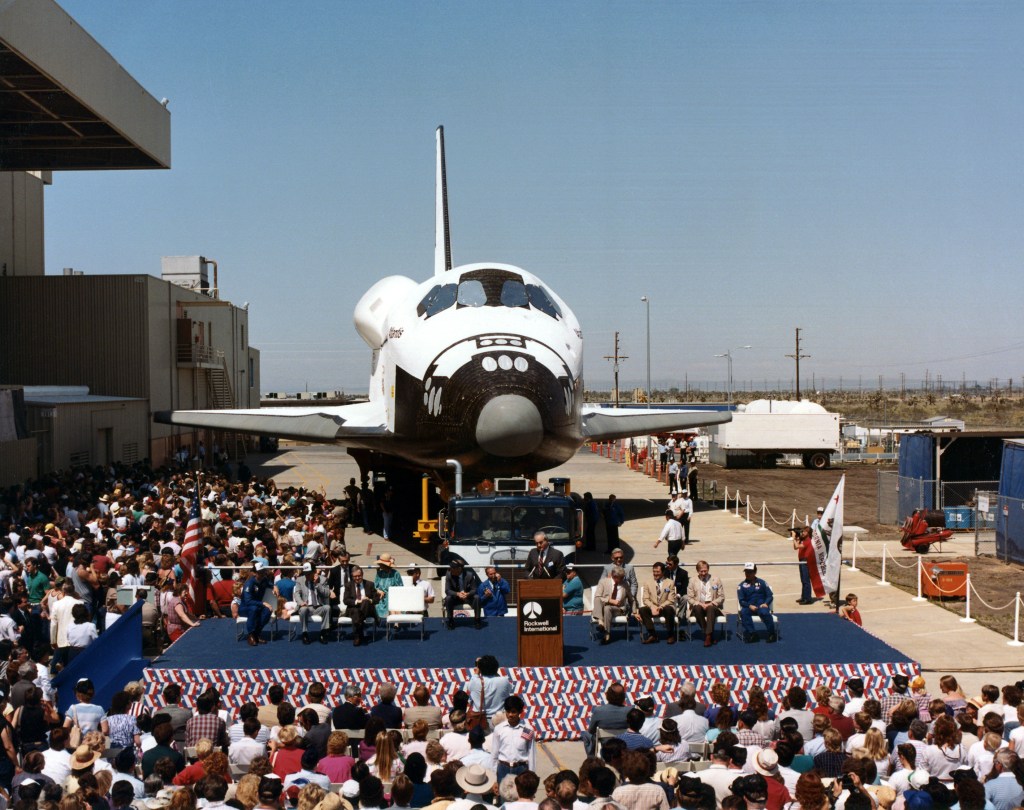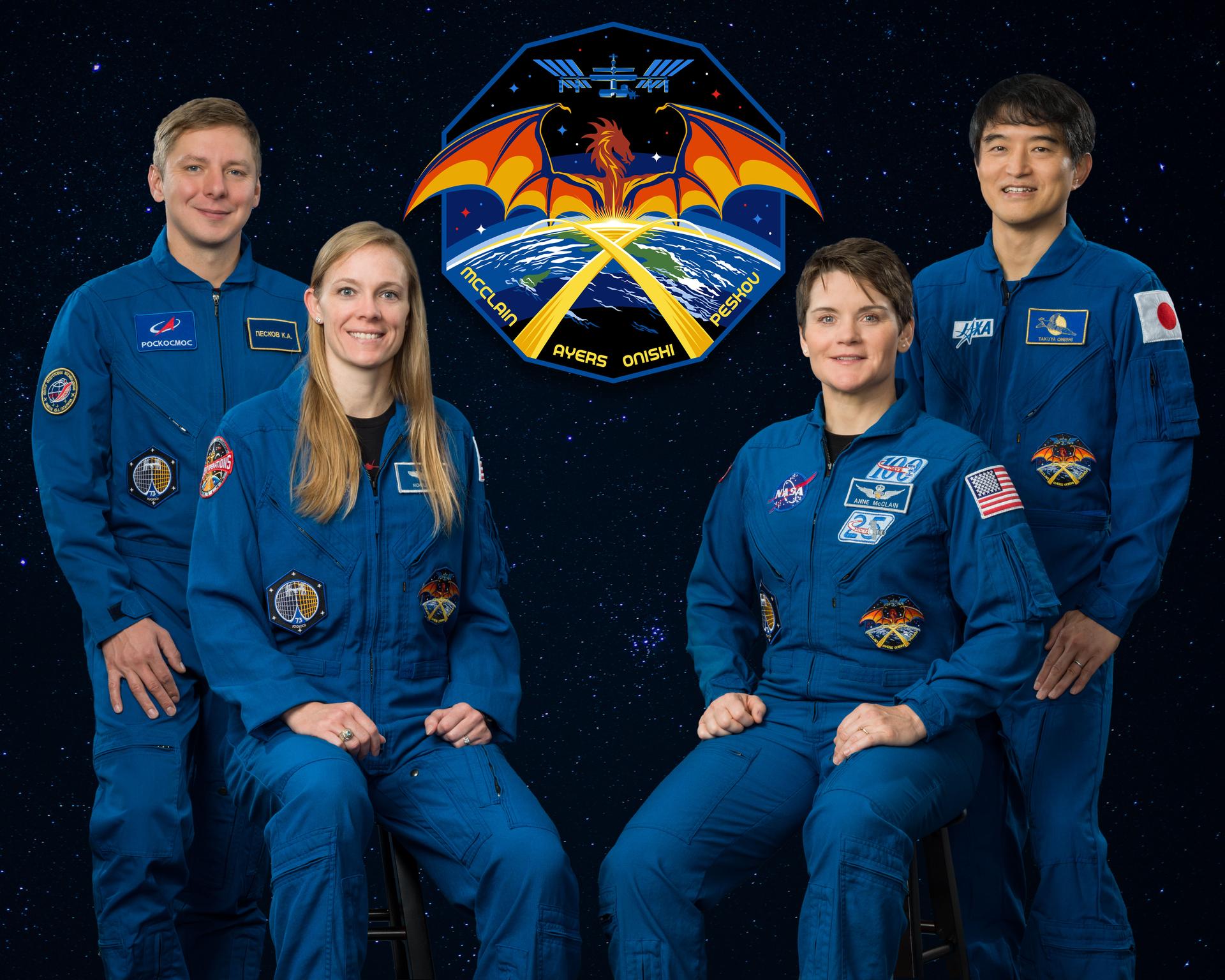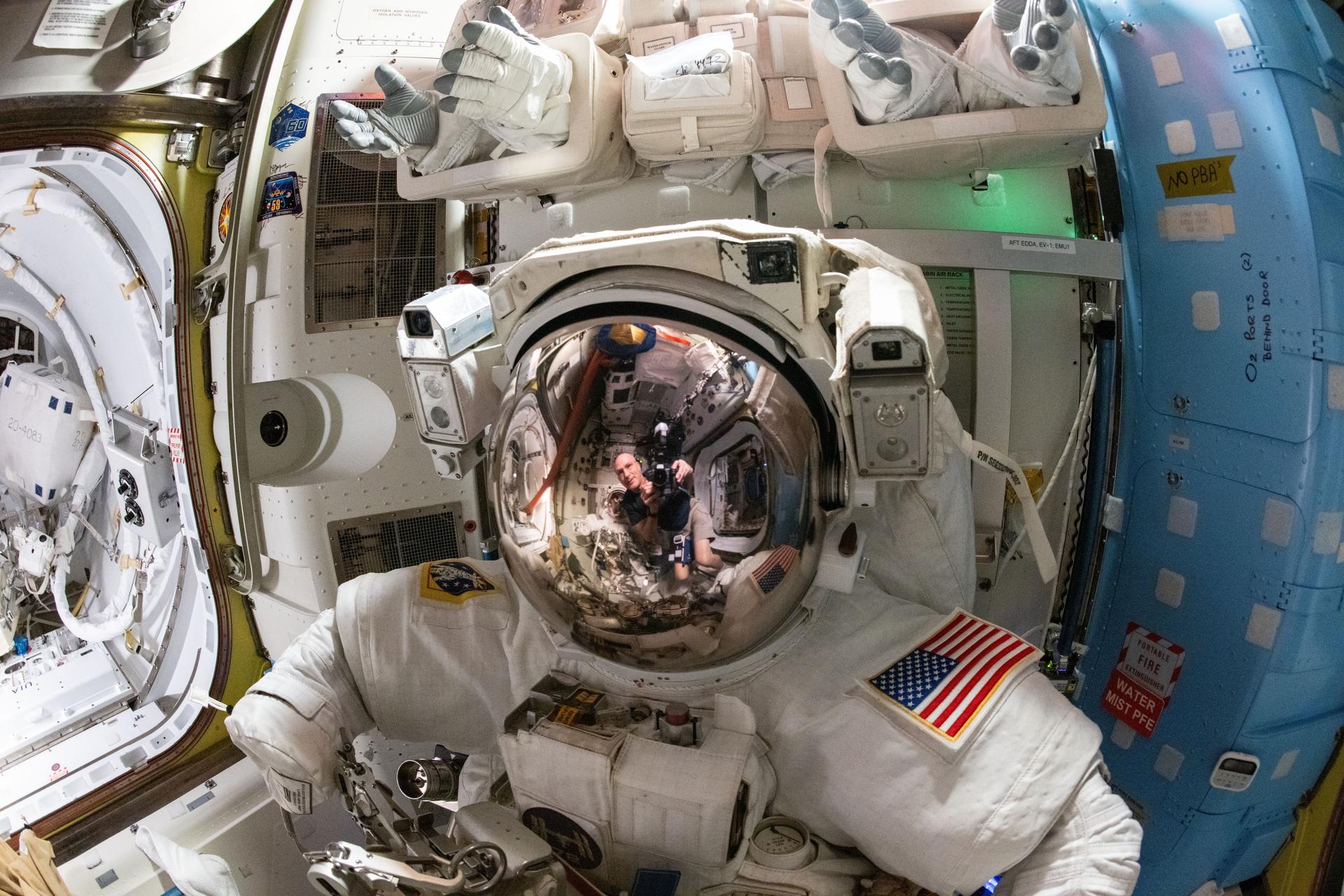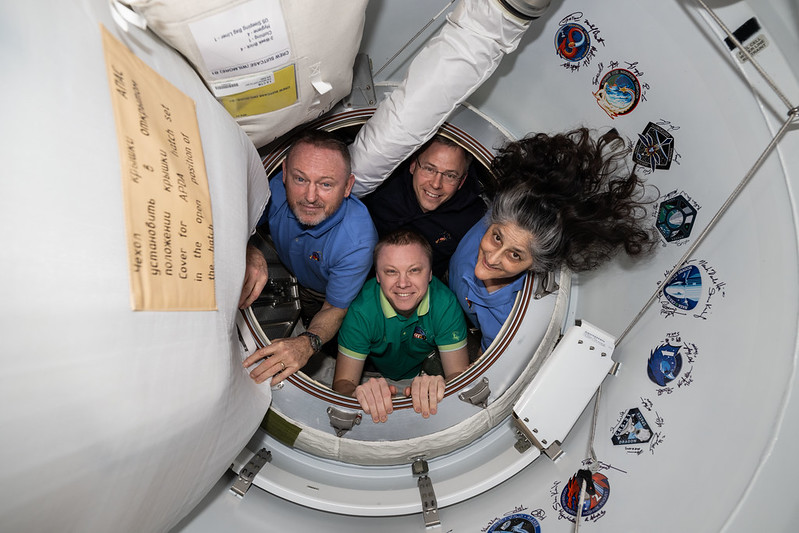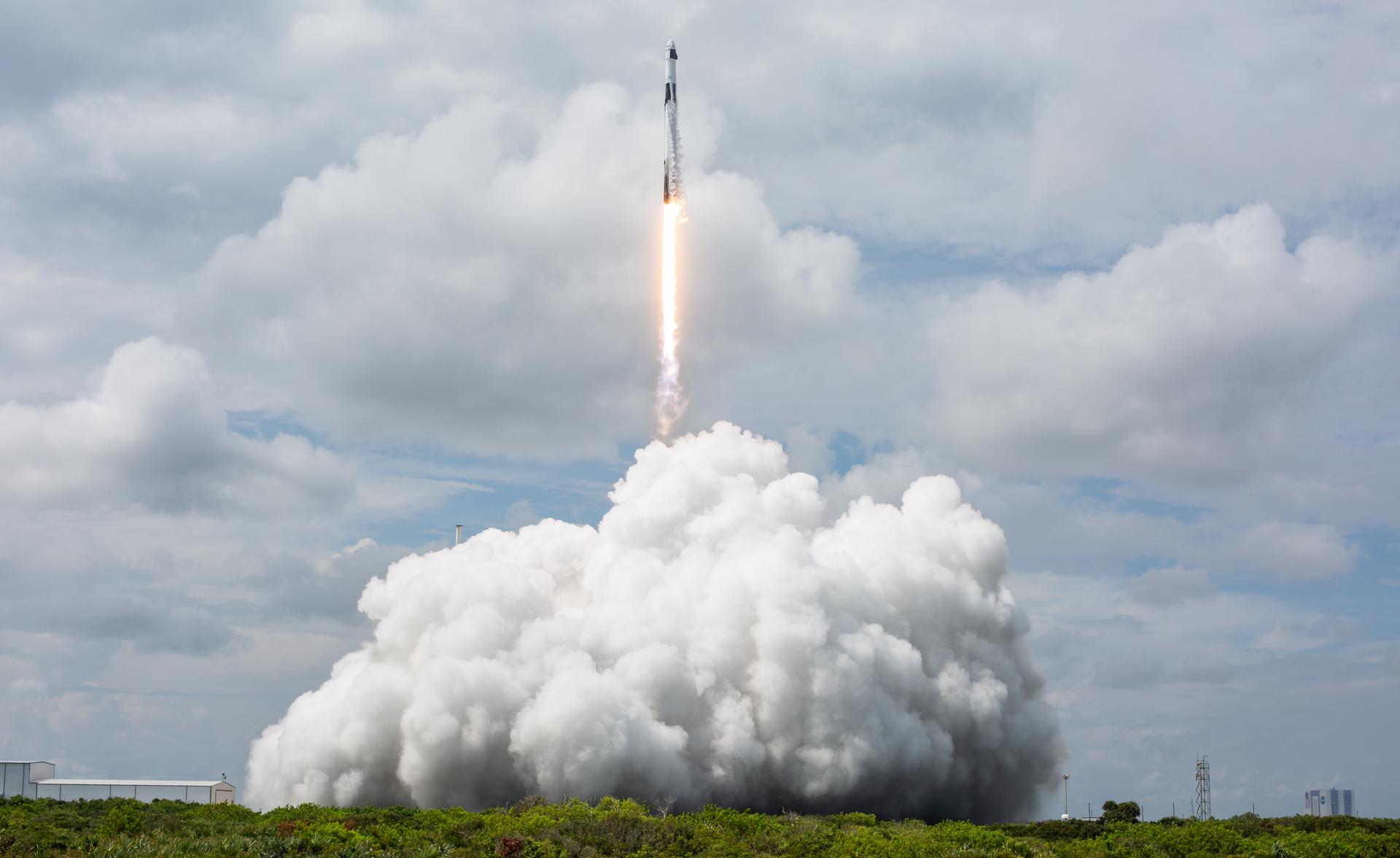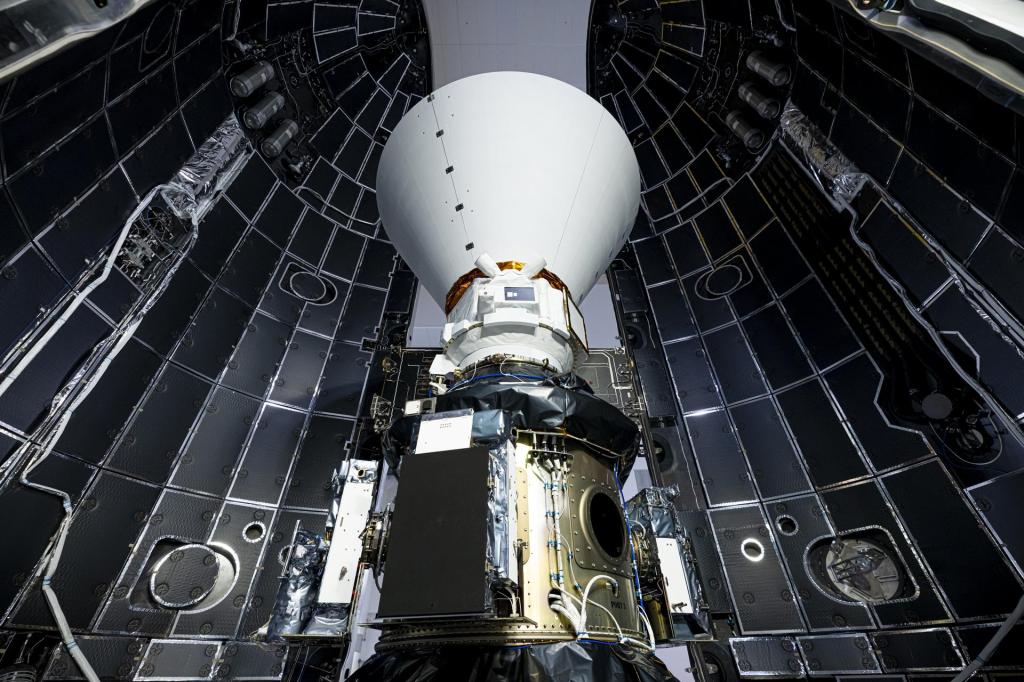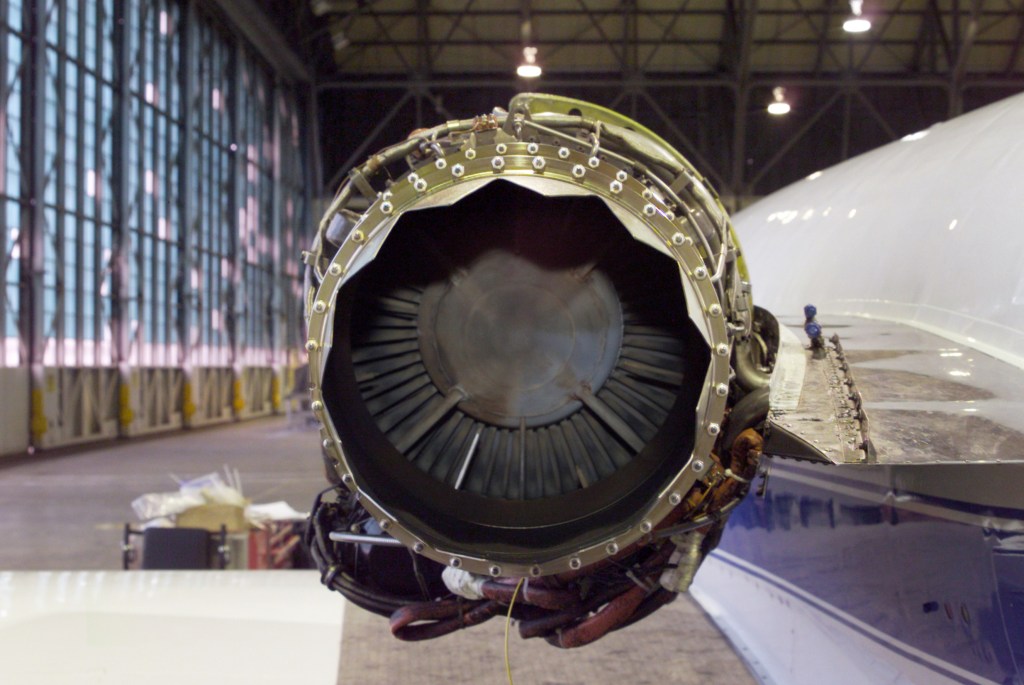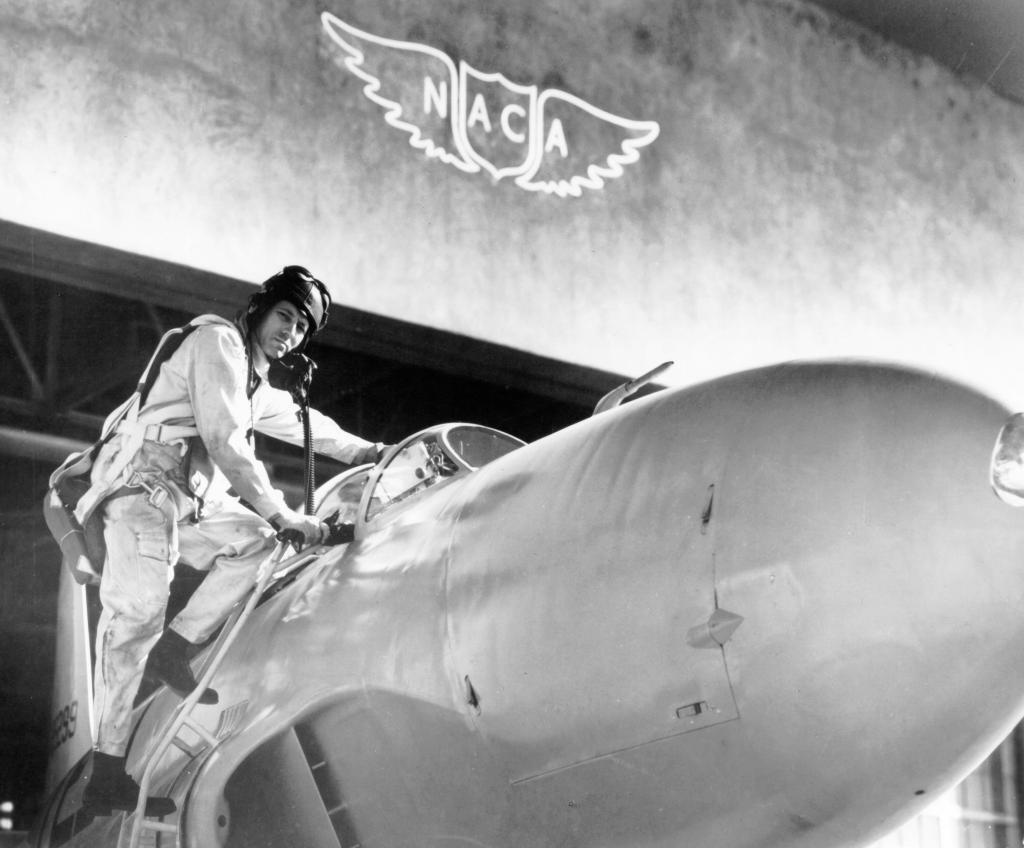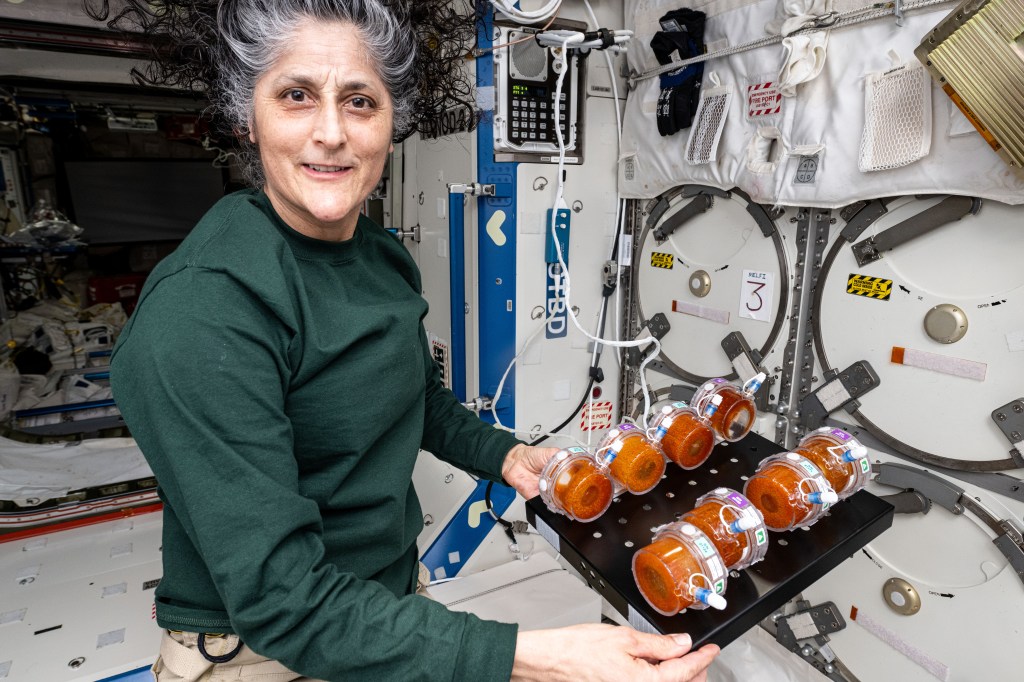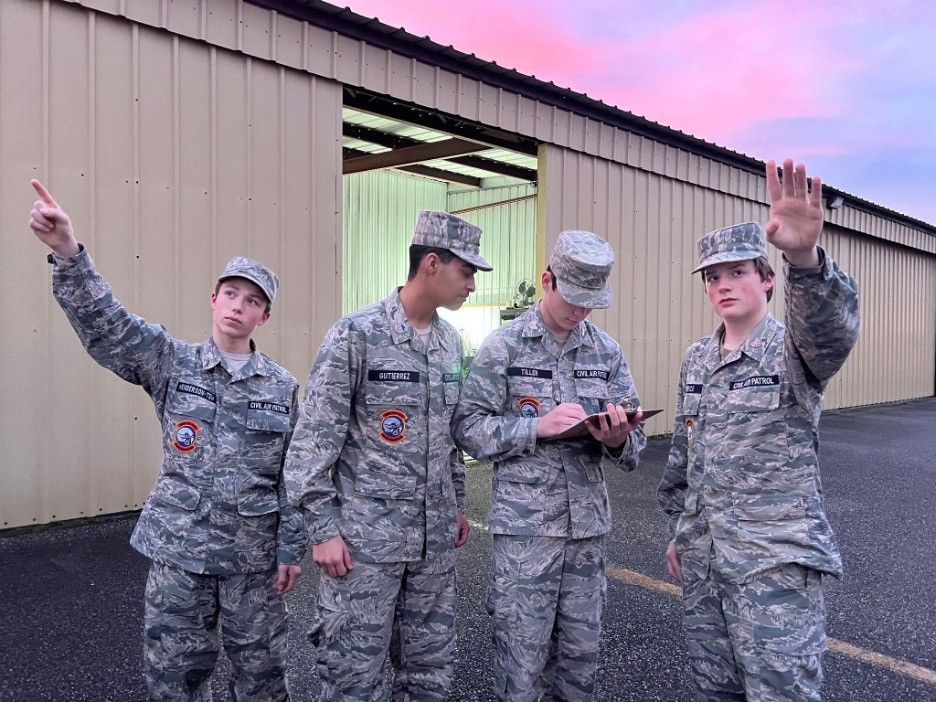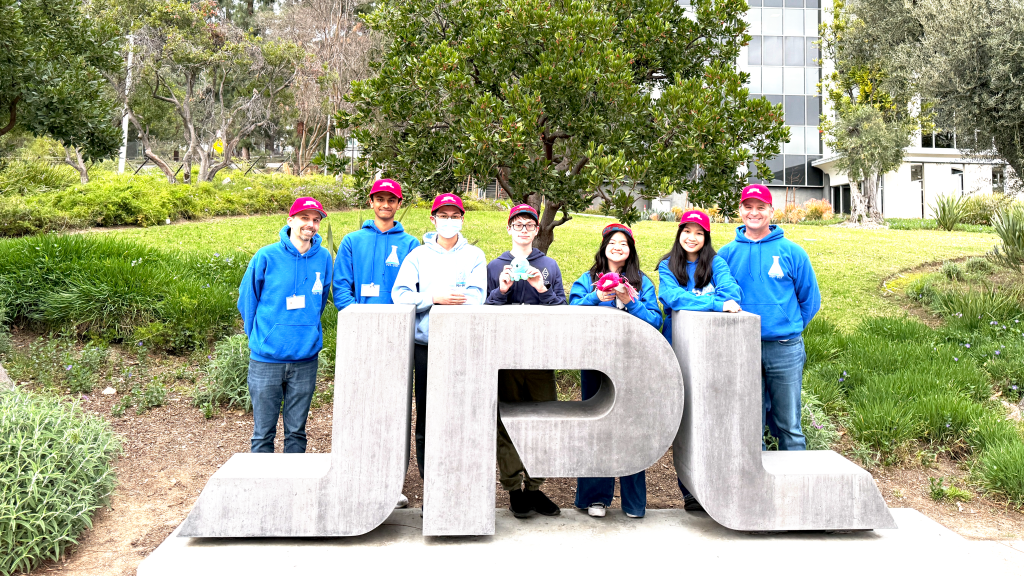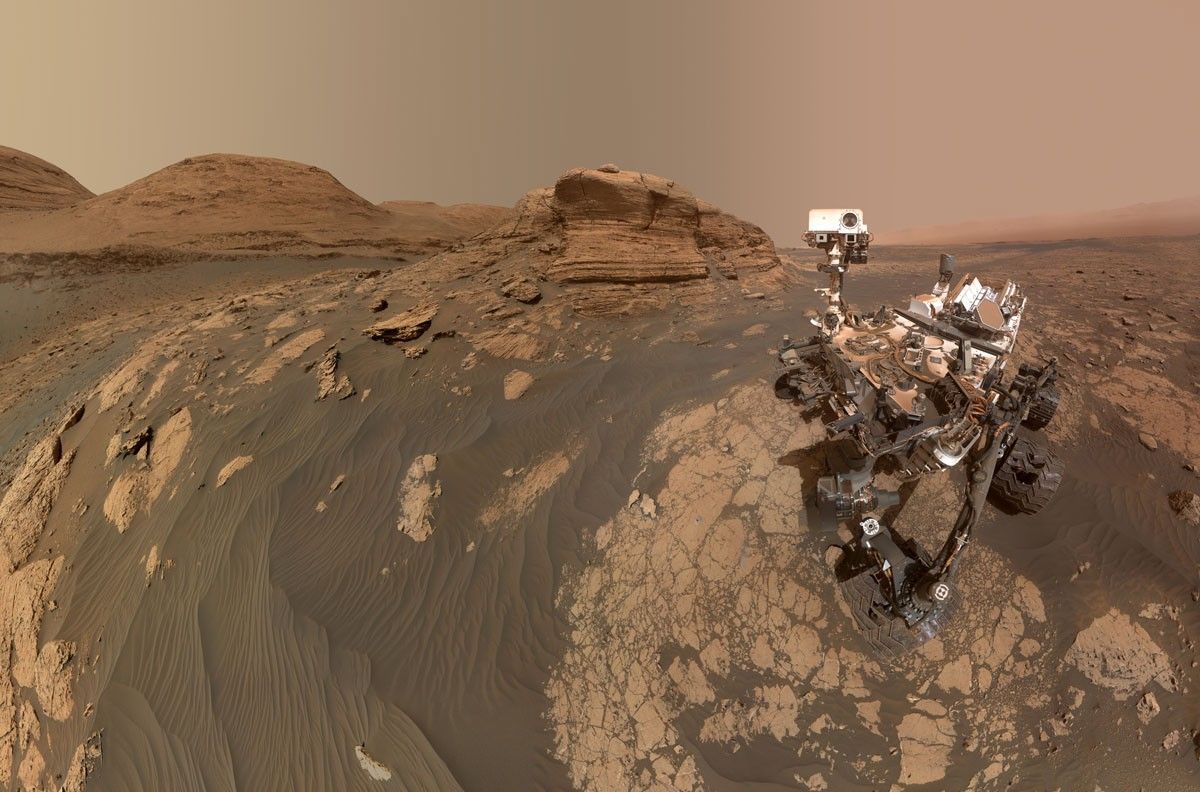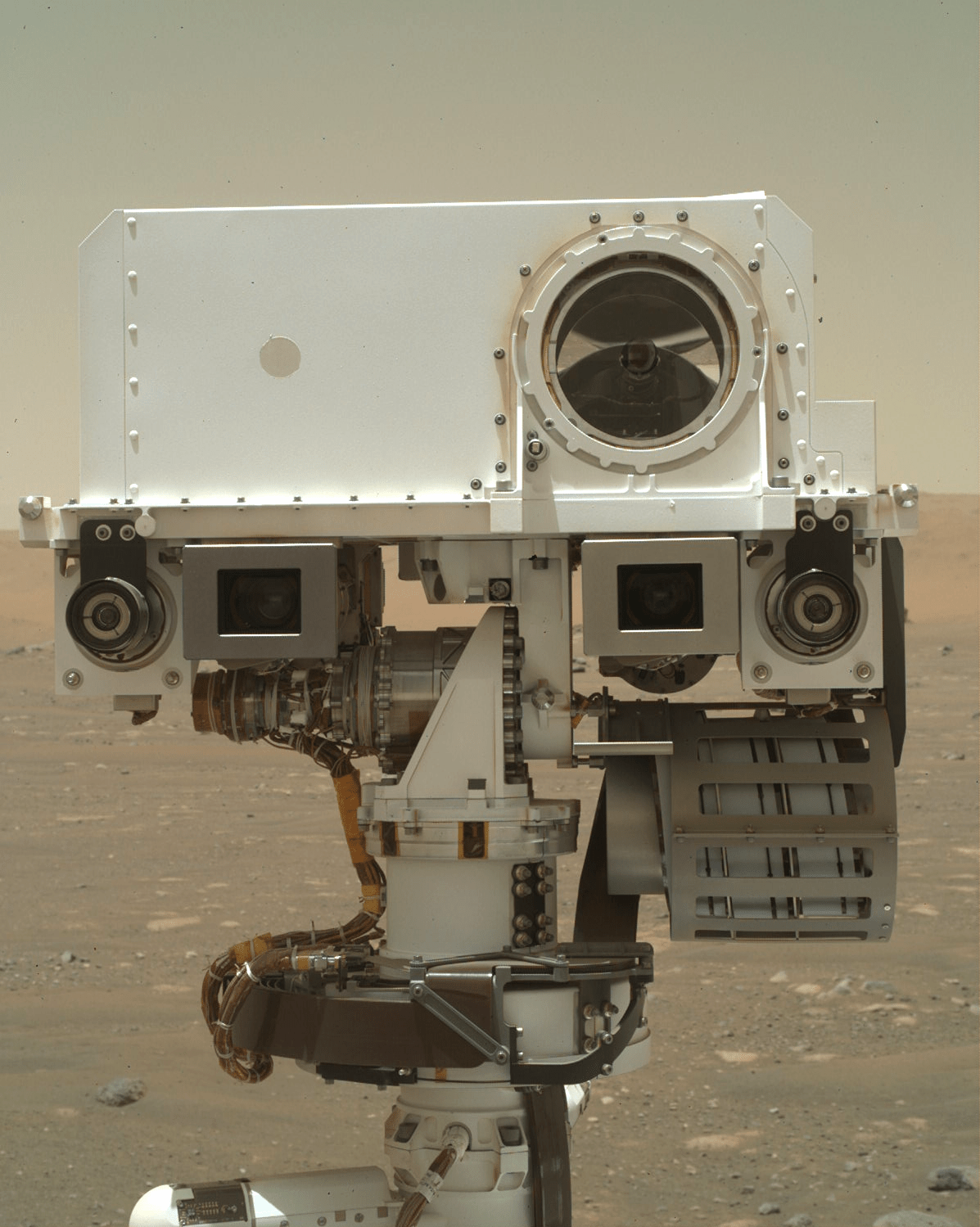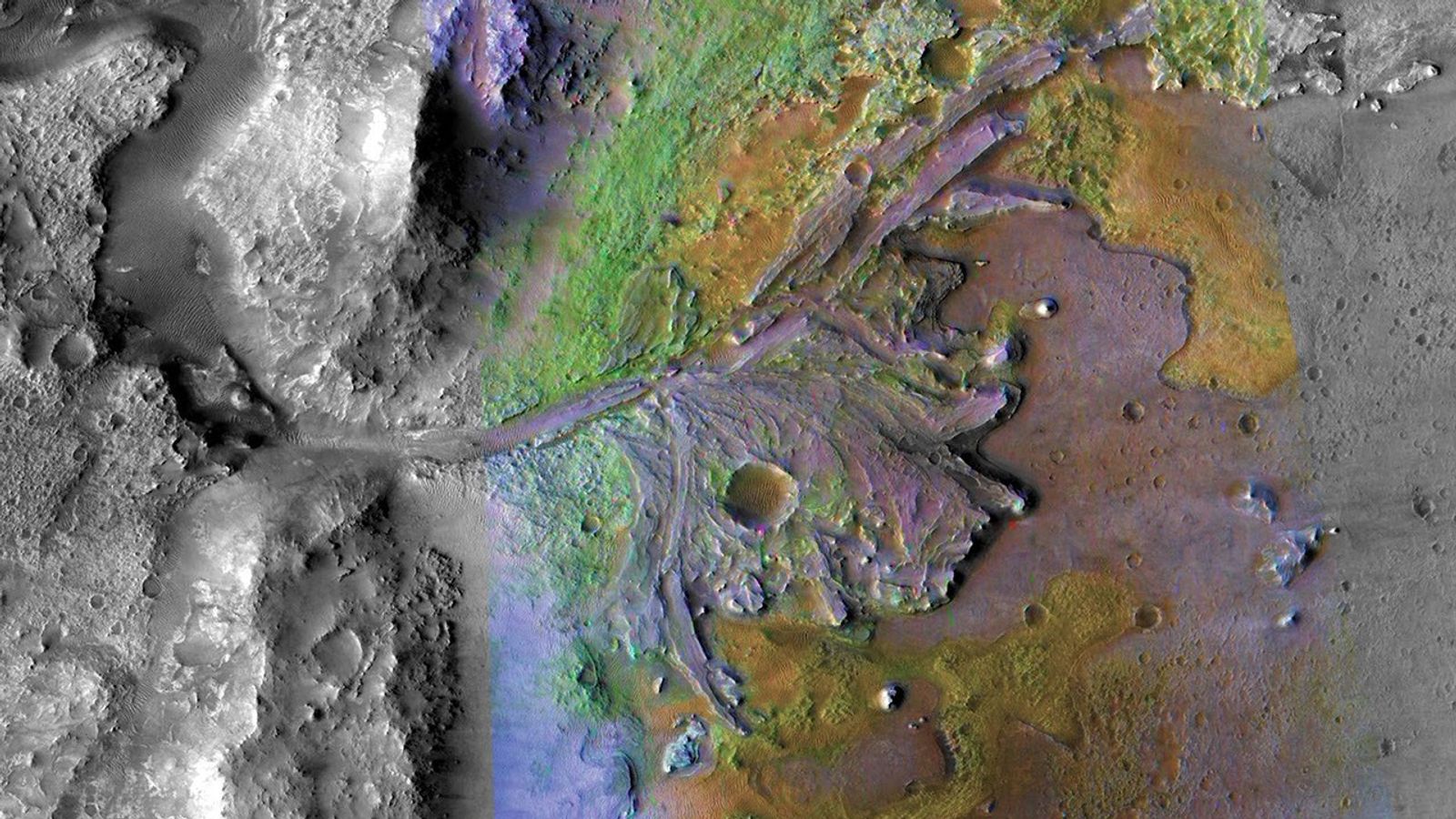Since navigating around the Sands of Forvie and changing our drive direction from east to the southwest, Curiosity has traversed more than one kilometer as she continues to head uphill and make her way towards the flat lithified Pediment unit.
Since navigating around the Sands of Forvie and changing our drive direction from east to the southwest, Curiosity has traversed more than one kilometer as she continues to head uphill and make her way towards the flat lithified Pediment unit. This climb continues through the transition between two different compositional units identified from orbit, moving from the lower clay-bearing materials and into the overlying sulfate-bearing materials. Curiosity is continuing to characterize this region to understand the physical and compositional nature of this transition.
In today’s plan, Curiosity will unstow her arm and will use the APXS instrument to measure the chemistry of a bedrock target named “Camster Cairn,” which shows fine-scale laminations and potentially some very small nodules or coarse grains. Following arm activities, Mastcam will collect two large mosaics, one of a nearby rock that has similar textures to the APXS target and another of the foothills of Rafael Navarro Mountain, taking advantage of the current viewing geometry. ChemCam will then use its LIBS capabilities to acquire chemistry data from the “Melby Fault” target, which is another laminated bedrock target just off the front-right side of the rover. Following a ~45 meter drive to the southwest, Curiosity will then acquire standard post-drive images, followed by an automated LIBS observation of the surrounding terrain and then wrapping up the plan with a handful of environmental activities.
Written by Mark Salvatore, Planetary Geologist at University of Michigan


